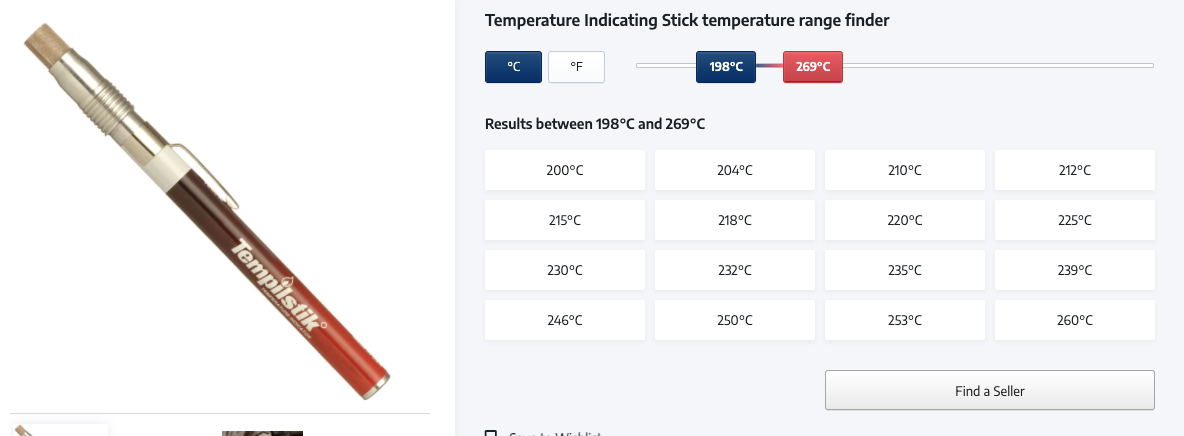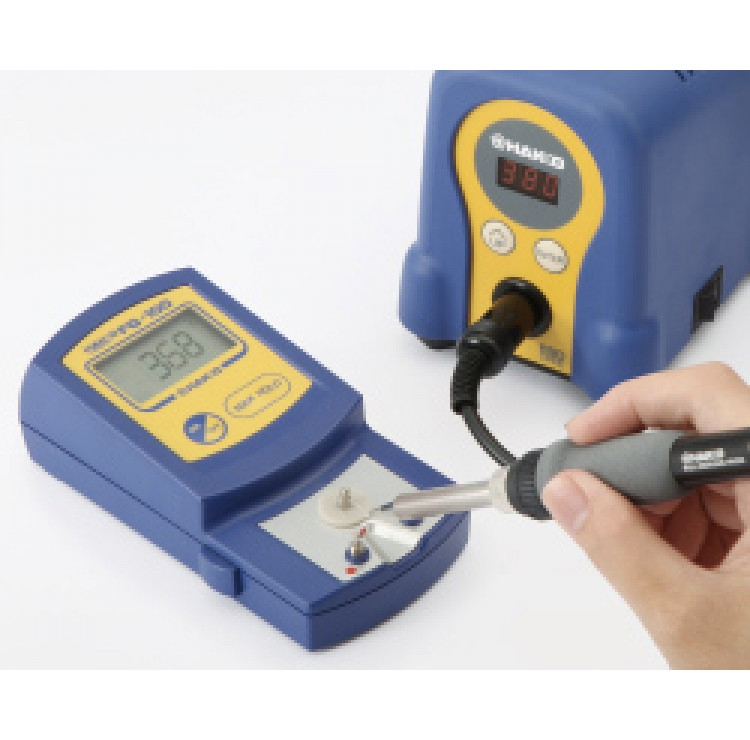How to measure nozzle/heat-block temperature?
-
Anybody has experience with a reliable measurement of the nozzle or heat block temperature? I tried to attache an external K type sensor but am not sure if the measurement is reliable. I do have a FLIR IR camera but not sure how to measure accurately reflective objects.
I am interested in the range 200C - 260C.
Any thoughts on the TempilStick? https://markal.com/products/tempilstik

-
hmm the tempstick seems odd...because it will melt with highter temps too...as i read your other thread i have to ask....does it matter if the temp sensor is off some degree? For what you need a nearly calibrated temp sensor? with every new filament i do a temp tower. If i have best results at 210° it doesnt matter if the real temperatur is 200° becuse that filament is just printed best if my Temp probe shows 215° no matter what the real temp is. Dont make a science out of it.
-
@barracuda72, my plan is to increase the temperature in steps, let each step stabilize, and then try to melt.
I suspect that my current setting is off by more than 'some degrees', this is why I look for ways to measure or improve the accuracy.
It's interesting that we all deal with hot ends but don't have a good way to measure it independently.
I wonder if this kind of equipment will do the job. They are used for measuring the tip temperature of solder irons.

-
@zapta said in How to measure nozzle/heat-block temperature?:
It's interesting that we all deal with hot ends but don't have a good way to measure it independently.
I suppose that may be because there isn't a very good way to measure it independently. If accurate temps matter though, use a 4-wire PT100 and call it a day.
-
@zapta
A tempil stock is a pretty blunt instrument
We use them in when pre heating welding to indicate we're in a range that may be say 50 degrees wide.
So we'd have a 200 and a 250 degrees
As long as it melts the 200 and not the 250 we're good.
But it won't be obvious when it's 199, 200, 202
"Melted" then becomes subjective. -
-
@zapta I did some work a while back measuring the temperature inside a nozzle by passing a thermocouple down through the hot end. Of course, one can only do that when filament is not loaded. I was mostly interested in looking at the effect of deflected part cooling air. The results showed that defected part cooling air gives a significant decrease in temperature inside the nozzle compared to the heater block itself. Hardened steel nozzles were much more affected than brass (for obvious reasons). Of course, that doesn't necessarily mean that filament travelling through the nozzle would affected by the same degree as still air. You'll find a video about it on my YouTube channel somewhere.